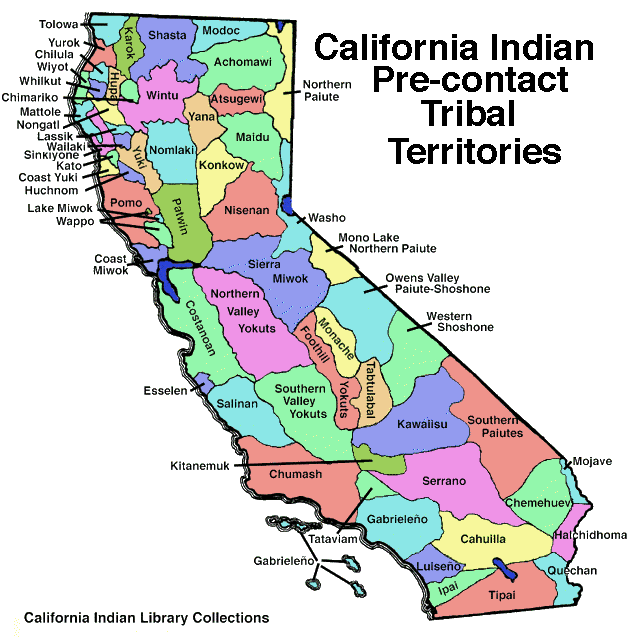So beaver-friend Brock Dolman gathered with some Nevada-city beaver friends in preparation for this weekend’s indigenous people celebration “calling back the salmon‘ event. There he had the fortune of meeting Farrell Cunningham, one of the only living speakers of the Tsi-Akim Maidu language. Guess what they talked about?

“I asked him his Maidu opinion about pre-contact occurrence of beaver in their territory and he said that they have a word for beaver: Hi-chi-hi-nem and that it is a pre-contact original word vs. a post-contact newer word and thus he was confident that they were familiar with beaver in their territory, the majority of which is well above the 1000’ elevation on the West slope of the Sierras.”

Certainly good news for the continuing struggle to prove that beaver were native in california at higher elevations too. We will keep gathering stories.In the meantime you might enjoy this video of Farrell keeping the language alive through teaching.

A final note to regular readers of this blog is that our good friend Scott Artis of burrowing owl fame is going to be taking on the job of upgrading this site. What it means is that the look of the site will change while we get situated, especially the sidebars which will need to be disabled and updated. Don’t panic, www.martinezbeavers.org/wordpress will be back and better than ever very soon. Fingers crossed and thank you, Scott!






 \
\





































